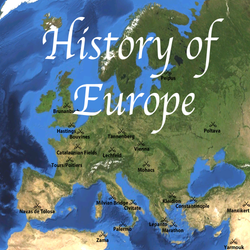Latest episode
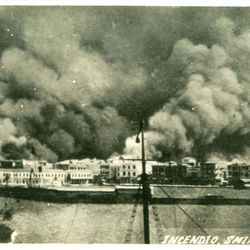
79.4 Birth of Turkey 1922
25:35|Conclusion of the Turkish National Struggle 1919-1922. Mustafa Kemal, later known as Ataturk, leads the Turkish Nationalists against the armies of Greece.The Battle of Sakarya River between the Turks and Greeks is a key battle of European history and shapes of the future of their respective countries.Picture: Inferno of SmyrnaMusic: The Charlston
More episodes
View all episodes
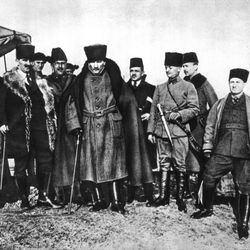
79.3 Turkish National Struggle 1919-1922
30:51|Turkish National Struggle 1919-1922The Ottoman Empire emerges defeated from World War One. The Entente Allies impose harsh conditions in the armistice whereby the Ottomans lose most of their territory including parts of Anatolia. However, Mustafa Kemal, later known as Ataturk, raises an army to oppose the AlliesPicture: Mustafa Kemal and Turkish soldiers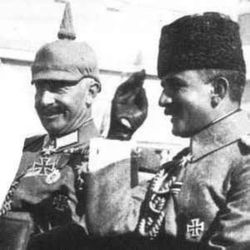
79.2 World War 1 in the Caucasus and Greece
32:40|As background to the Turkish National Struggle, this episode describes the events in the Caucasus Mountains in World War One, - conflict between Russia, the Ottoman Empire, the Germans, and nationalist groups of Georgians, Armenians and Azerbaijanis.Separately I talk about Greece's involvement in World War One.Picture: Kaiser Wilhelm of Germany and Enver Pasha, Minister of War for the Ottoman Empire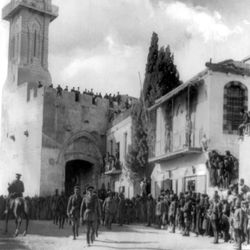
79.1 Ottoman Empire, World War 1, Battle for Gaza
21:15|The Ottoman Empire in World War One - the fights for the Suez Canal, Gaza, Jerusalem and Arabia between the British and TurksPicture: General Allenby enters Jerusalem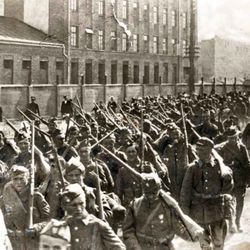
78.3 Polish-Soviet War - Conclusion
27:29|In 1920 the Polish and Soviet Russian armies clashed in a series of battles across a wide area of eastern Europe including Ukraine and Lithuania.The Soviets advanced deep into Poland and reached the gates of Warsaw, with the aims of capturing the city and., more widely, exporting their revolution across Europe.Picture: Polish soldiers in the Battle of Warsaw 1920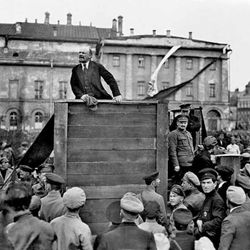
78.2 Polish-Soviet War - Part 2
20:33|The Polish Army make a pre-emptive strike against Soviet Russia. They invade the eastern borderlands, and take large amounts of territory, especially in Ukraine, but they fail to break the Russian army. Meanwhile, the Ukrainians attempt to form an administration in KyivPicture: Vladimir Lenin rallying his people to the warIntro Music: The Charlston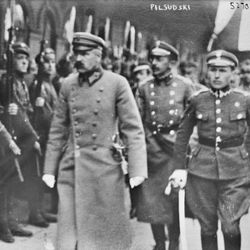
78.1 Polish-Soviet War 1919-1921 (Intro)
27:50|While Western Europe's borders were settled post World War One, fighting still raged elsewhere on the continent. The most significant was the Polish Soviet War, which raised issues such as the clash of ideologies, the Soviets’ attempt to export their revolution, the future of Europe itself.It was a conflict that spanned a large area, from Lithuania and Ukraine in the east to Warsaw in the west.Picture: Josef Pilsudksi with soldiers
